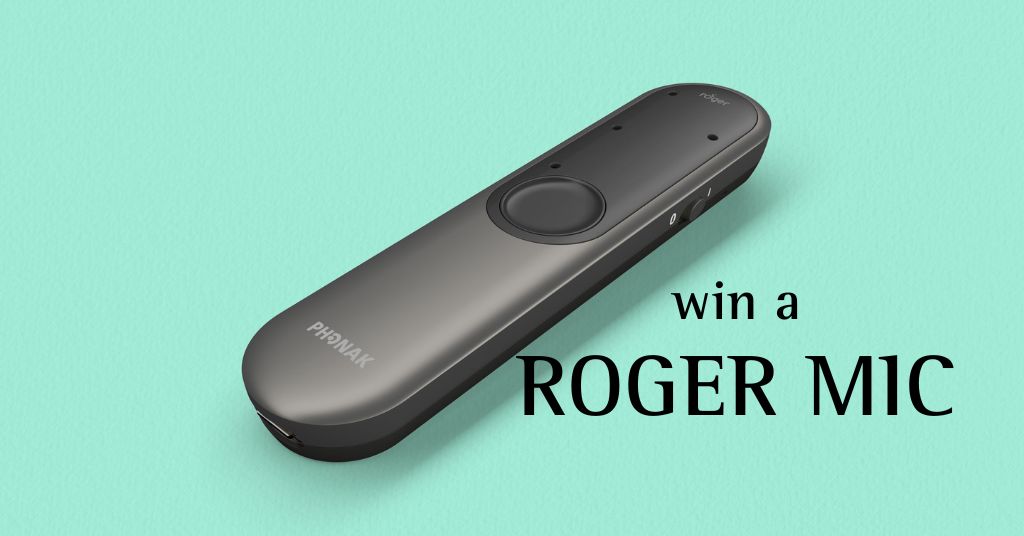
10 Tips to Protect your Hearing
August 12, 2016
Ask Anna: Can I enjoy cycling with a hearing loss?
August 16, 2016Why technology matters when public speaking with hearing loss

Hearing Like Me recently shared 9 tips for confident public speaking with hearing loss, but now I’d like to focus more on the equipment and venue side of preparing to undertake public speaking when you have hearing loss.
As someone who has hearing loss, and has spoken publicly, I found that one thing can make a big difference: the technology.
Room loops vs. countertop loops
In a previous post, I explained the differences between countertop loops (often referred to as ‘portable loops’) and temporary fixed room loops. When asking venue managers if there is a loop at the venue, you’ll need to make sure that they understand the difference between a room loop and a countertop loop. Sadly, it may be up to you to explain why a countertop loop is not going to be sufficient to meet the needs of either you or your audience in terms of accessibility in a room any larger than a janitor’s closet!
I remember the time when I was given half a dozen ‘portable loops’ (countertop loops) to ‘dot around the room,’ by some well-meaning, but clearly misguided technical support team at a conference venue, who clearly believed they would somehow boost the speech in the room and send the voices directly into my hearing aids.
Microphones
And then there was the time I was asked to speak about my sudden deafness at an ‘Inspiring Women’ event for International Women’s Day. I’d asked both the event organizer and venue manager if they had a room loop and I was assured that the loop and a PA system would be available on the day. Imagine my disappointment when I was sitting in the middle of the room for the presentations prior to mine and I found I could hear nothing of what was being said. No one was even using a microphone. What was going on?
During the first break, I went to ask about the loop. “Yes, the loop’s on.” “Err, I’m afraid it’s not working.” “Well the light’s on, look,” said the technician, lifting up a counter top loop from the floor at the back of the stage.
#Facepalm – I know! On the floor, at the back of stage, behind the speaker’s podium, no microphones – how many ways was this wrong?
I nearly wept with frustration.
I’d been invited to the event to speak about how sudden deafness had made me feel socially isolated (and how I’d found respite in social media) – and here I was feeling… err… socially isolated and excluded. Go figure!
In the end, the venue manager, realizing what a faux pas had been made (not to mention the law which had been broken… Equality Act 2010 ring any bells?), quickly intervened and got a PA system set up. Thanks to me, the event was then running late and the natives were getting restless. It was not a fun gig.
As for the event organizer, no apology was forthcoming and her line of defence was that two of the ‘inspirational speakers’ felt too embarrassed to use microphones and so no PA system had been deemed necessary. I tried explaining that microphones were for the benefit of the audience and not the speakers themselves but my words fell on deaf ears. How ironic.
Lessons were learned by each of us that day. Mine was to always visit the venue in advance to test the equipment beforehand – or to recommend a reputable AV company skilled in setting up temporary room loops and only attend if they’ve been booked!
Understanding hearing loop set-ups
Even if the venue where you’re speaking has a top of the range, state of the art hearing loop, it doesn’t mean it will necessarily help you when you come to take questions from the floor. And here’s why – I was once involved in a site visit where the installation of a hearing loop was being discussed in a multi-purpose training room at my local college (where I delivered my social media training courses). Whilst the installer was discussing with the venue manager the position of a microphone and the loop, one thing immediately became apparent – the loop system was being set up for the benefit of T-coil using members of the audience/training course participants – but not for speakers/trainers with hearing loss.
I explained that, as a speaker/trainer with hearing loss, I needed the loop to be able to work for me to enable me to take questions from the floor and answer questions from delegates. “I’ve never been asked to look at that side of things before,” said the installer. “Do you mean you want some ceiling microphones?” “If that’s what it takes then, yes please,” came the reply.
Hmmm… so, installers may usually only be thinking of the needs of audience members with hearing loss. What to do, what to do..?
Well, in order for you (the speaker with hearing loss) to benefit from a loop in a standard auditorium (as opposed to a training room), you may need to ensure that there are hand-held microphones that can be passed to anyone wanting to ask you a question. I suggest you check with the technical support person for the venue that the hand-held mics work with the hearing loop.




